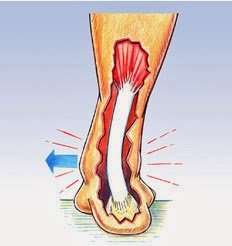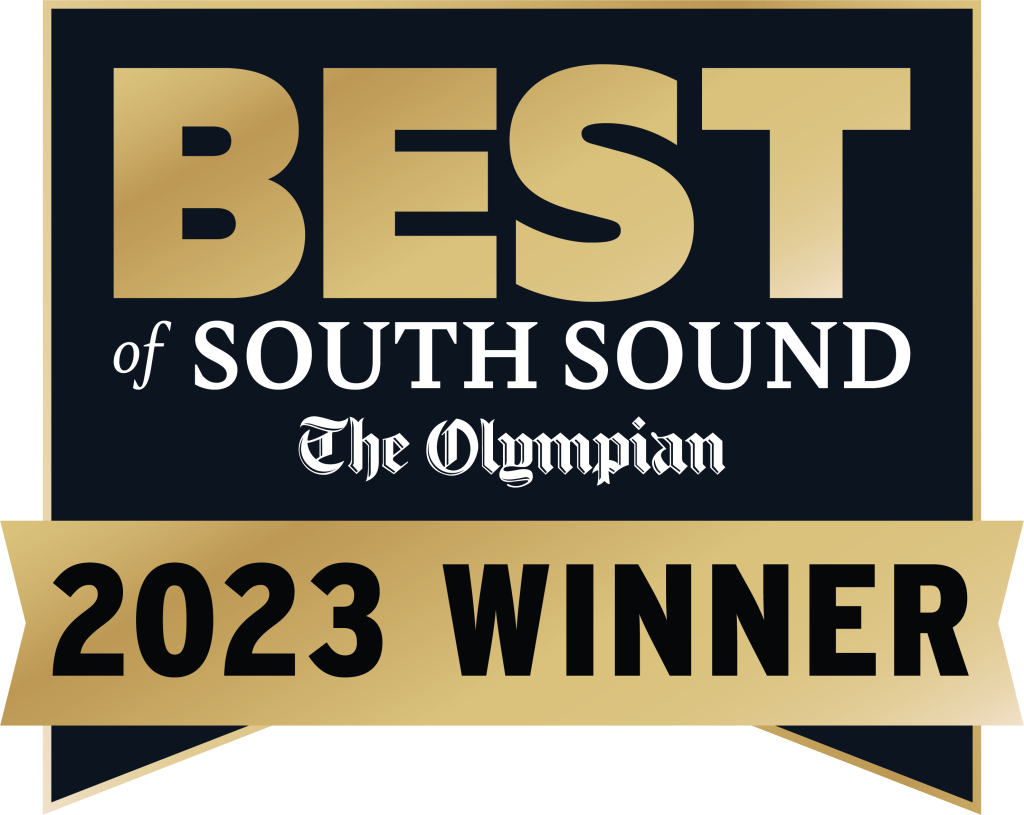What is Achilles Tendinopathy?
Pain in the area of the Achilles tendon goes by several names and overlapping conditions, including tendonitis, tendinosis, Haglund’s deformity, paratenonitis, and bursitis, among others. Achilles tendinopathy is pain in the Achilles tendon in the midportion approximately 2-6 cm up from the heel also called non-insertional Achilles tendinopathy. Tendinopathy is defined as chronic degeneration of the tendon.
Symptoms of Achilles Tendinopathy
Pain is located 2-6 cm up from the heel insertion with swelling and often an enlarged area on the tendon that is painful to touch. Early on, pain is at the beginning and/or end of a run with a period of relief mid run. With continued stress and overuse, pain can progress and be present the entire run and perhaps occur with periods of simple walking. A few tests include pain with standing on tiptoes (worse with single leg calf raises) and pain going up or down stairs. Morning pain can be present and sometimes with prolonged inactivity (sleeping or prolonged sitting). Prolonged rest (sitting at a desk) decreases blood flow and tendons (by anatomical structure) do not have a rich blood supply so decreasing blood flow with long periods of inactivity cause you to feel more achy. This is also why it takes tendons a long time to heal; lack of blood flow means less nutrients and oxygen for healing.
Risk factors:
Numerous risk factors have been proposed to increase the likelihood of an individual developing an Achilles tendon disorder. The three most common factors that seem to lead to Achilles tendinopathy include: weak gastrocsoleus (calf) complex, decreased ankle dorsiflexion (moving your foot in the upward direction), and abnormal ankle and foot joint mobility (a stiff or too mobile ankle and foot). These factors of stiffness, excessive pronation, and weakness cause your body to compensate while running with increased flexion of the knee and hip, placing more stress on the Achilles tendon. This altered running form can also lead to other problems developing in the knee or hip. A physical therapist can help design a strengthening program that is careful to not further aggravate your Achilles tendon and also perform manual therapy/manipulation techniques to the foot/ankle and correct stretching to address the limited ankle dorsiflexion. The picture below shows a right foot with excessive pronation (flat foot) causes a whipping action to the tendon creating strain to it developing tendonitis.

Treatments for Achilles Tendinopathy
- Best Intervention: Eccentric Exercise
There are several studies demonstrating “eccentric” exercise in the treatment of mid portion Achilles tendinopathy to be very successful in athletic populations (1, 2, 3). Non athletic individuals and “insertional” Achilles tendinopathy do not show as good of outcomes.
The eccentric program was developed in the 1980s and consisted of 3 sets of 10 repetitions of progressive eccentric loading, increasing weekly up to 20-30 repetitions and (4). Patients are usually encouraged to continue despite pain unless it is debilitating pain. Load was increased weekly (you can do this by holding weights or via a backpack), while speed of movement was changed daily. In 75 patients with Achilles tendinopathy 95% of patients had symptom resolution within 6 to 8 weeks (4).
Eccentric exercise also seems to help stimulate the Achilles tendon to repair itself and correct the abnormal collagen and structure that occurs with Achilles tendinopathy. One study followed 19 men and 6 women (mean age of 50 years) for a mean of 3.8 years (5). All Achilles tendinopathy patients had a long duration of painful symptoms (mean 17.1 months) before treatment (5). After the eccentric exercise program, 22 of 25 patients were satisfied with treatment and active in Achilles tendon loading activities at their desired level (5). Ultrasound pictures of the Achilles tendon taken prior to treatment showed increased thickness and structural abnormalities (5). After treatment, the tendon structure was normal in 19 of the 26 tendons. Six of the seven patients with remaining tendon structural abnormalities noted on ultrasound also experienced pain in the tendon during loading activities (5). Therefore eccentric loading does seem to decrease pain and improve function due to correcting the abnormal structure/anatomical properties of the tendinopathy.
Even though this painful eccentric training, where the patients load the Achilles tendon into full dorsiflexion, has shown good results in patients with mid-portion Achilles tendinosis, it has not shown to be effective in the “insertional Achilles tendinopathy population”. Chronic painful “insertional Achilles tendinopathy” (occurs lower at the heel where the Achilles inserts) is seen in both physically active and non-active individuals. Only 32% of patients with insertional Achilles tendinopathy had good clinical results with the standard eccentric training program (6).
This study (6) developed a new painful eccentric training program for insertional Achilles tendinopathy that did not allow loading into full dorsiflexion. This was done as 3×15 reps, twice a day, 7 days/week, for 12 weeks (6). 27 patients (12 men, 15 women, mean age 53 years) with a total of 34 painful Achilles tendons with a long duration of pain (mean 26 months), diagnosed as insertional Achilles tendinopathy, were included (6). At 4 months, 18 patients (67%, 23/34 tendons) were satisfied and back to their previous tendon-loading activity (6). Nine patients (11 tendons) were not completely satisfied with the treatment, although their pain score was significantly reduced from 77.5 to 58.1 (6). Therefore, limiting the range of motion of the eccentric training program worked better for insertional Achilles tendinopathy (6).
Eccentric calf exercises pictured below. Make sure to lower the body weight SLOWLY that is the eccentric portion you are after. Increase the load by wearing a weighted back pack or holding weights if you feel stable. Pictures take from: Running Writings.

References:
- Rompe JD, Furia J, Maffulli N. Eccentric loading versus eccentric loading plus shock-wave treatment for midportion achilles tendinopathy: a randomized controlled trial. Am J Sports Med. 2009;37:463-470.
- Rompe JD, Nafe B, Furia JP, Maffulli N. Eccentric loading, shock-wave treatment, or a wait-and-see policy for tendinopathy of the main body of tendo Achillis: a randomized controlled trial. Am J Sports Med. 2007;35:374-383.
- Roos EM, Engstrom M, Lagerquist A, Soderberg B. Clinical improvement after 6 weeks of eccentric exercise in patients with mid-portion Achilles tendinopathy — a randomized trial with 1-year follow-up. Scand J Med Sci Sports. 2004;14:286-295.
- Curwin S, Stanish W. Tendinitis: Its Etiology and Treatment. Lexington, MA: Collamore Press; 1984.
- Ohberg L, Lorentzon R, Alfredson H. Eccentric training in patient with chronic Achilles tendinosis: normalized tendon structure and decreased thickness at follow up. Br J Sports Med. 2004 Feb;38(1): 8-11; discussion 11.
- Jonsson P, Alfredson H, Sunding K, Fahlstrom M, Cook J. New regimen for eccentric calf muscle training in patients with chronic insertional Achilles tendinopathy: results of a pilot study. Br J Sports Med. 2008 Sep;42(9): 746-9.






